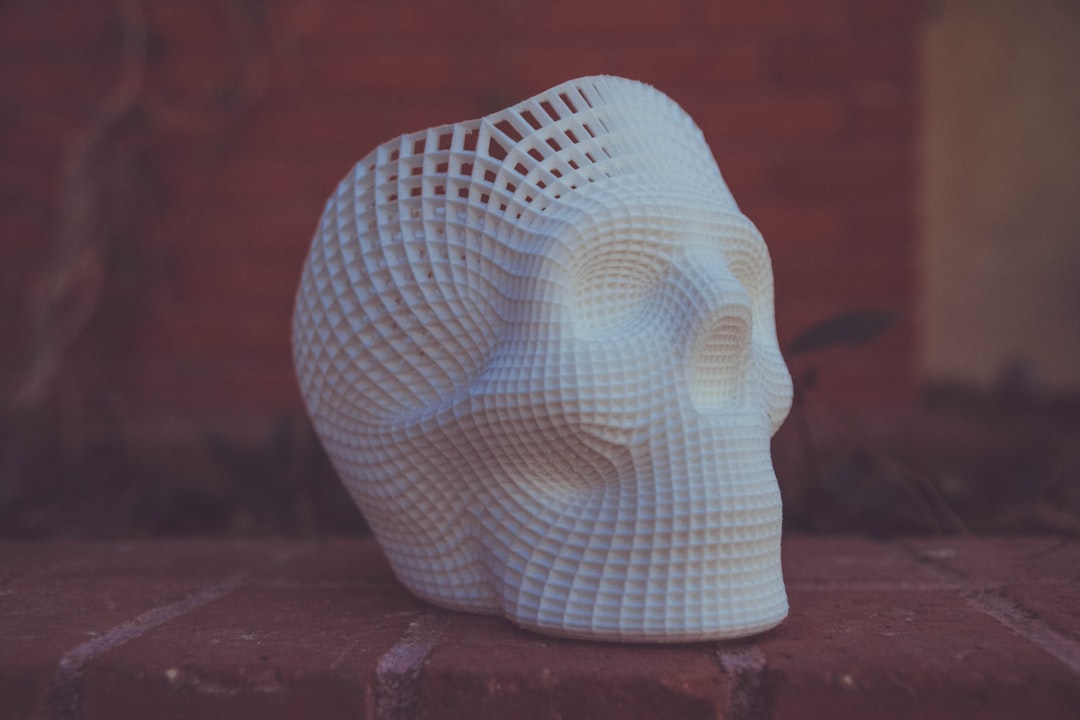What is it about?
In this paper, we propose a mechanism that fully explains the effect of an alternate electromagnetic field on corrosion of carbon and low alloy steels.
Featured Image
Why is it important?
In this paper, Elmira proposes a simple and elegant mechanism that fully explains the effect of an alternating electromagnetic field on corrosion of carbon and low alloy steels. Previous models all failed to explain the effect of an AC interference on the corrosion response of carbon and low alloy steels. As Elmira shows, most models were based on erroneous experimental observations. The mechanisms proposed in our investigation adequately describes the Faradaic and non-Faradic process occurring at the metal/electrolyte interface during corrosion. The model takes into account AC frequency, amplitude, and shape.
Perspectives
I think Elmira's work marks an inflection point in AC induced corrosion research. In this seminal paper, we describe the complex reactions that take place during corrosion of carbon steel in NaCl environments when an AC field is superimposed. The model can be applied, for example, to estimate the effect of induced AC fields on corrosion of submerged systems, such as subsea oil and gas equipment. Elmira and Scott are presently working on extending the mechanisms to soil environments, with a focus on buried pipelines.
Dr Mariano Iannuzzi
Norwegian University of Science and Technology
Read the Original
This page is a summary of: The Mechanism of Alternating Current Corrosion of API Grade X65 Pipeline Steel, CORROSION, September 2016, NACE International,
DOI: 10.5006/2028.
You can read the full text:
Resources
Corrosion and hydrogen evolution during AC + DC polarization
Corrosion and hydrogen evolution during AC + DC polarization at a frequency of 60Hz.
Current and potential evolution during AC corrosion
Current and potential evolution during AC corrosion.
CORROSION 2015 Presentation
Presentation by Elmira and Scott during CORROSION/15.
Contributors
The following have contributed to this page










